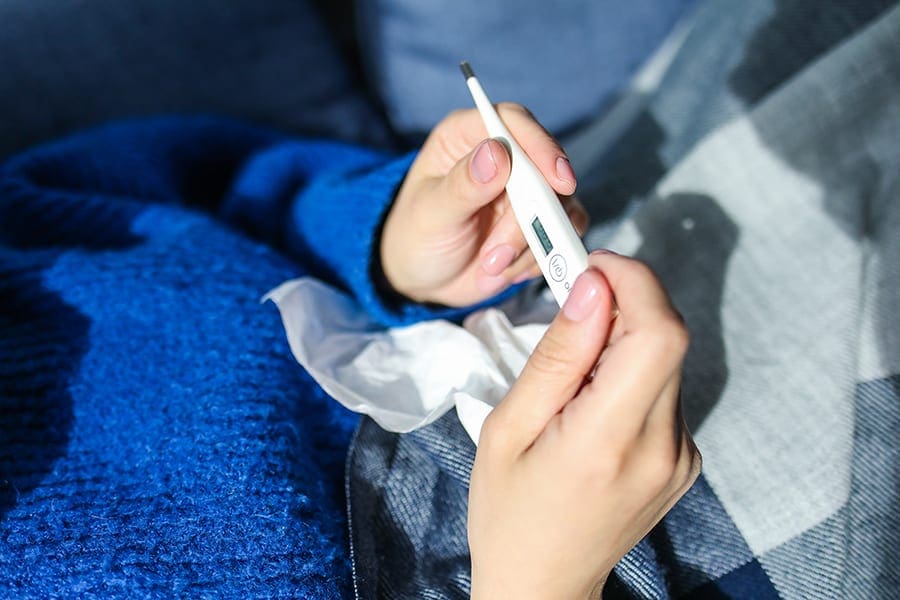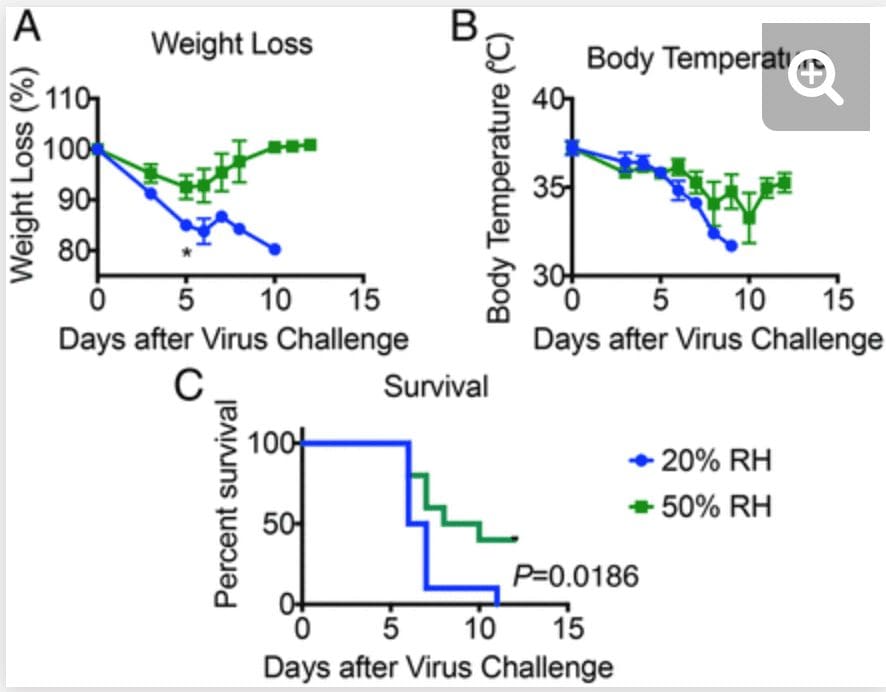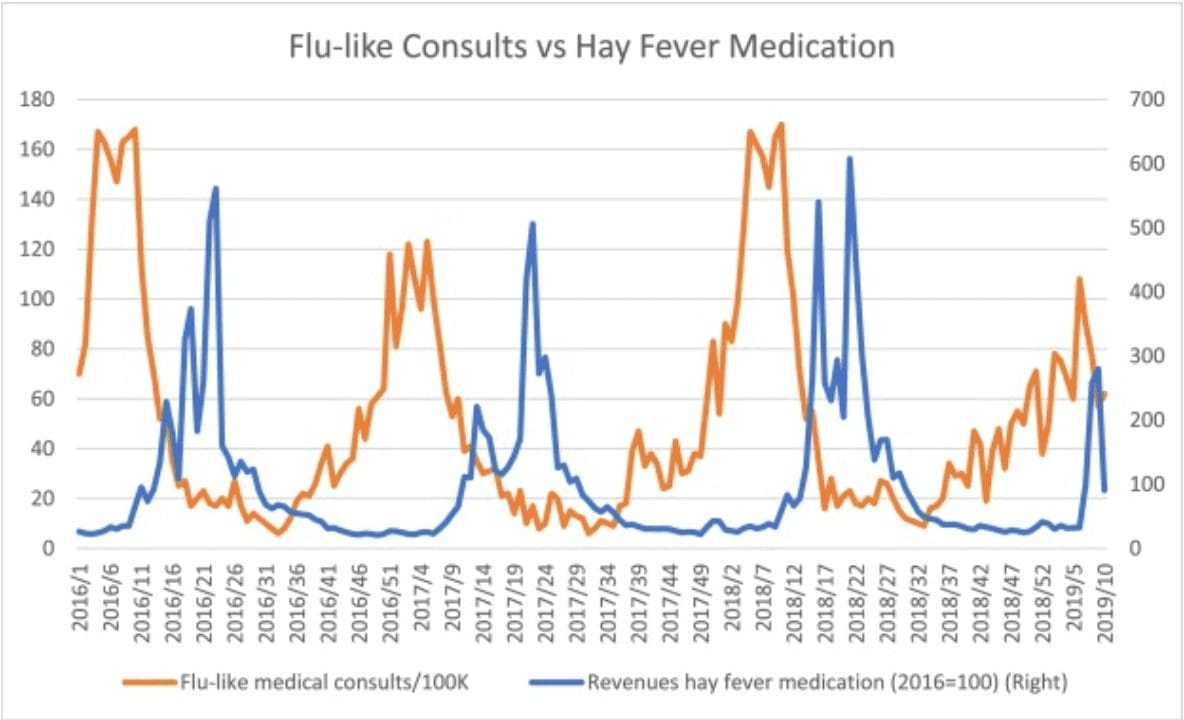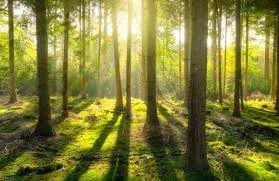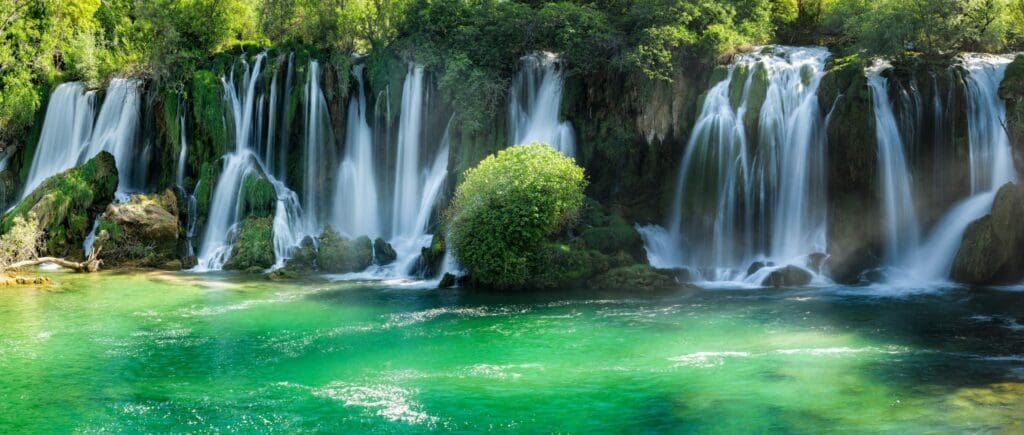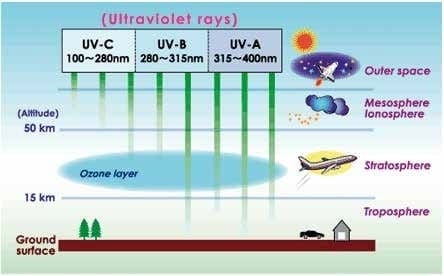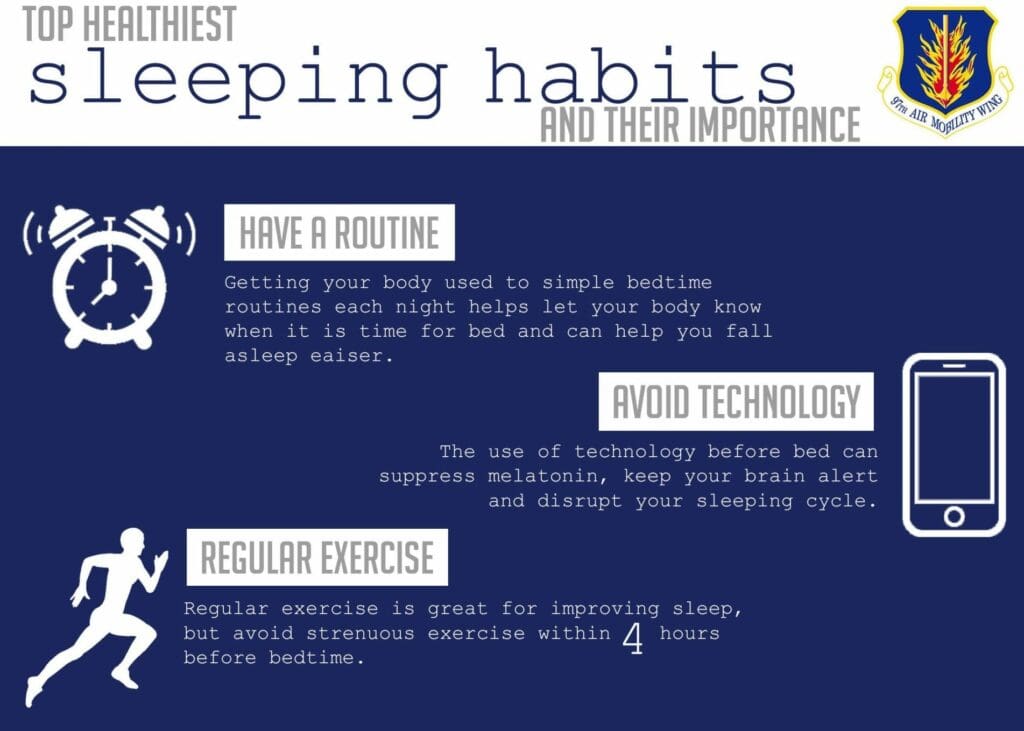The Seasonal Flu and 8 Steps to Reduce Risk
Flu season: December-March
How are pathogens spread seasonally?
Person-to-person:
One would think global travel is to blame for pandemics. Researchers observing the 1826 influenza epidemic acknowledged that the virus spread from North America to the West Indies in the course of weeks. It would have been impossible at that time for person-to-person spread to account for this widespread distribution.
Atmospheric dispersion:
Some scientist theorize that viral particles may be carried in trans-pacific winds.
Cold weather:
Viral particles may survive longer in the air and on surfaces in colder temperatures (8). But some studies have disproven the theory that cold temperatures enhance viral spread. Epidemics of Respiratory Syncytial Virus occur during the winter months in the United States but simultaneously in Singapore and Hong Kong during the warm season.
Seeding of the virus within the host:
Could the virus lay dormant in the infected until the right conditions arise? This is the question I am exploring in this article by reviewing the varying environmental conditions that influence the immune system in summer versus winter.
Proposed mechanisms of seasonal variation of viral illness:
Low humidity in winter:
Mice kept at low relative humidity (10-20% RH) experienced more severe symptoms from influenza A than those kept at higher relative humidity (50% RH) (9).
This outcome was influenced by:
- Dried nasal mucous membranes
- Impaired mucociliary clearance (direction and flow)
- Impaired tissue repair
- Reduced stimulation of immune system genes
- Increased inflammation in response to the infection
Exposure to Nature:
- Seasonal variations of pollen counts: flu season occurs inversely to pollen season. This in part may have to do with up-regulated immune response to pollen. We can also consider the direct action of pollens in the air against spreading flu viruses, a “pollen firewall” (7).
- Phytonicides: wood-based essential oils in the air raise natural killer (NK) cell activity (viral fighting immune cells) (10). Visiting a forest raised NK cell activity for 30 days after the visit in male and female subjects (11).
- Negative air ions (NAIs): these are negatively charged particles in the air that may improve human health. NAIs are generated by sunlight, plants, thunderstorms and moving water. They have been shown to increase NK cell activity in mice (12). They have also been show to inhibit the growth of bacteria, fungi and viruses. This effect is due partially to activated oxygen species such as superoxide. Does this exposure induce the expression of our inherent super antioxidant superoxide dismutase? (13)
- Mycobacterium vaccae: a common bacteria found in outdoor environments has been shown to increase INF-gamma and TH1, the viral fighting division of the immune system (14).
- The experience of natural sights and sounds reduces stress hormones, which when elevated suppress the immune system
Light Exposure:
- UVB rays stimulate the production of vitamin D in the skin. Vitamin D supports immune function. There is evidence vitamin D is stored in the muscle in winter months (4).
- Infectious disease outbreaks occur simultaneously in distant regions of the same latitude.
- Simulated sunlight directly inactivates influenza independent of humidity (8).
- Summer light is higher in intensity and blue-spectrum compared to winter light (5).
- Light exposure in the morning enhances night-time melatonin production in the summer>winter.
Melatonin:
- Melatonin has been shown to be protective against both cancer and viral infections.
- Melatonin production is lowest in the morning. Mice are more vulnerable to succumb to pneumococcal infection when exposed in the morning.
- Lymphocytes (viral fighting white blood cells) express receptors for melatonin.
- How does behavior influence melatonin secretion:
- Melatonin secretion is delayed with low morning light that occurs in winter (1).
- Melatonin is suppressed by night-time light exposure.
- Staying up late on the weekend disrupts the melatonin rhythm and increases sleep debt for the coming week, a phenomenon known as “social jet lag”.
- A single weekend camping trip adapts the brain to the natural light-dark cycle (3).
- Exercise increased melatonin in female subjects (2)
- Mild exercise (walking, gardening, baseball, and golfing) was equally as effective as intense exercise (running, biking, swimming, and aerobics)
- There was possibly a greater effect on night time melatonin levels if done in the evening
Action steps to reduce risk of seasonal susceptibility to infection:
- Support healthy melatonin secretion:
– Avoid staying up much later on weekends than you do on weeknights.
– Wear blue-light blocking glasses at night on weekends if you do stay up late.
– Expose yourself to natural light in the morning or a full spectrum light box with 10,000 LUX on dark winter mornings.
– Get 20-30 minutes of mild exercise (walking, light jogging, biking, gardening) daily, especially in winter and possibly in the evening.
- Ensure your vitamin D level remains in the 60-80 range:
– Get 15-20 minutes of sun exposure daily or take a vitamin D supplement
– Maintain healthy levels of muscle mass by practicing weight bearing exercise (yoga, pilates, body weight exercises, light resistance training) since vitamin D may be stored in muscle.
- Practice good hand washing especially in winter when viruses can live on surfaces longer.
- Get outside and expose yourself to nature daily or weekly, specifically: forests, waterfalls, moving rivers, oceans, green spaces with lots of plant life. If possible, visit an evergreen forest in the winter months.
- When unable to get out in nature, watch nature documentaries and meditate with nature sounds.
- Use a humidifier in the winter months.
- Diffuse essential oils in your home.
- Use high powered HEPA filtration unit at home with a mechanism that inactivates viral particles in winter months such as UV.
References:
- Arendt J, Middleton B. Human seasonal and circadian studies in Antarctica (Halley, 75°S). Gen Comp Endocrinol. 2018;258:250‐258. doi:10.1016/j.ygcen.2017.05.010 https://pubmed.ncbi.nlm.nih.gov/28526480/?from_term=%28melatonin%5BTitle%2FAbstract%5D%29+AND+%28winter%5BTitle%2FAbstract%5D%29&from_sort=&from_page=3&from_pos=3
- Knight JA, Thompson S, Raboud JM, Hoffman BR. Light and exercise and melatonin production in women. Am J Epidemiol. 2005;162(11):1114‐1122. doi:10.1093/aje/kwi327
- Stothard ER, McHill AW, Depner CM, et al. Circadian Entrainment to the Natural Light-Dark Cycle across Seasons and the Weekend. Curr Biol. 2017;27(4):508‐513. doi:10.1016/j.cub.2016.12.041 https://pubmed.ncbi.nlm.nih.gov/28162893/?from_term=%28%28winter%29+AND+%28seasonal%29%29+AND+%28wavelength%29&from_sort=&from_pos=1
- Mason RS, Rybchyn MS, Abboud M, Brennan-Speranza TC, Fraser DR. The Role of Skeletal Muscle in Maintaining Vitamin D Status in Winter. Curr Dev Nutr. 2019;3(10):nzz087. Published 2019 Jul 25. doi:10.1093/cdn/nzz087
- Thorne HC, Jones KH, Peters SP, Archer SN, Dijk DJ. Daily and seasonal variation in the spectral composition of light exposure in humans. Chronobiol Int. 2009;26(5):854‐866. doi:10.1080/07420520903044315
https://pubmed.ncbi.nlm.nih.gov/19637047/
- Zerbini G, Kantermann T, Merrow M. Strategies to decrease social jetlag: Reducing evening blue light advances sleep and melatonin [published online ahead of print, 2018 Dec 2]. Eur J Neurosci. 2018;10.1111/ejn.14293. doi:10.1111/ejn.14293
- Science of The Total Environment. Volume 727, 20 July 2020, 138543 Pollen likely seasonal factor in inhibiting flu-like epidemics. A Dutch study into the inverse relation between pollen counts, hay fever and flu-like incidence 2016–2019
Author links open overlay panel
Martijn J.Hoogeveen
https://www.sciencedirect.com/science/article/pii/S0048969720320568
- Schuit M, Gardner S, Wood S, et al. The Influence of Simulated Sunlight on the Inactivation of Influenza Virus in Aerosols. J Infect Dis. 2020;221(3):372‐378. doi:10.1093/infdis/jiz582 https://pubmed.ncbi.nlm.nih.gov/31778532/
- Proc Natl Acad Sci U S A. 2019 May 28;116(22):10905-10910. doi: 10.1073/pnas.1902840116. Epub 2019 May 13. Low Ambient Humidity Impairs Barrier Function and Innate Resistance Against Influenza Infection
Eriko Kudo et all
https://pubmed.ncbi.nlm.nih.gov/31085641/?from_term=%28Seasonal+flu%29+AND+%28Mucous+membranes%29&from_sort=&from_pos=2
Influenza Seasonality: Underlying Causes and Modeling Theories
Eric Lofgren, N. H. Fefferman, Y. N. Naumov, J. Gorski, E. N. Naumova
Journal of Virology May 2007, 81 (11) 5429-5436; DOI: 10.1128/JVI.01680-06
https://jvi.asm.org/content/81/11/5429
10 Li Q, Nakadai A, Matsushima H, et al. Phytoncides (wood essential oils) induce human natural killer cell activity. Immunopharmacol Immunotoxicol. 2006;28(2):319‐333. doi:10.1080/08923970600809439
https://pubmed.ncbi.nlm.nih.gov/16873099/
11 Li Q, Kawada T. Effect of forest environments on human natural killer (NK) activity. Int J Immunopathol Pharmacol. 2011;24(1 Suppl):39S‐44S.
https://pubmed.ncbi.nlm.nih.gov/21329564/
12 amada R, Yanoma S, Akaike M, et al. Water-generated negative air ions activate NK cell and inhibit carcinogenesis in mice. Cancer Lett. 2006;239(2):190‐197. doi:10.1016/j.canlet.2005.08.002 https://pubmed.ncbi.nlm.nih.gov/16171944/
13 Shu-Ye Jiang, Ali Ma, and Srinivasan Ramachandran. Negative Air Ions and Their Effects on Human Health and Air Quality Improvement. Int J Mol Sci. 2018 Oct; 19(10): 2966.
Published online 2018 Sep 28. doi: 10.3390/ijms19102966 PMCID: PMC6213340 PMID: 30274196
https://www.ncbi.nlm.nih.gov/pmc/articles/PMC6213340/
14 Lijiao Zhang et al Mycobacterium vaccae induces a strong Th1 response that subsequently declines in C57BL/6 mice J Vet Sci. 2016 Dec; 17(4): 505–513. Published online 2016 Dec 20. doi: 10.4142/jvs.2016.17.4.505 PMCID: PMC5204028 PMID: 27994210
https://www.ncbi.nlm.nih.gov/pmc/articles/PMC5204028/
- Randy J. Nelson and Deborah L. Drazen Melatonin mediates seasonal adjustments in immune function. Reprod. Nutr. Dev. 39 (1999) 383-398 DOI: 10.1051/rnd:19990310 16
- Scott F. Dowel ]. Seasonal Variation in Host Susceptibility and Cycles of Certain Infectious Diseases. Volume 7, Number 3—June 2001

